【题解】Uva[UVA11626] Convex Hull
凸包模板题。
之前写过拿 Graham 算法求凸包的,为了不重复/多学点知识,那这次拿 Andrew 算法求凸包吧qaq
*此文章所有图片均为作者手画。
Andrew 算法#
假设我们有这些点:
首先把所有点以横坐标为第一关键字,纵坐标为第二关键字排序。
相对于 Graham 算法来说,Andrew 算法排序更简单,按 坐标排序,时间复杂度也更低(一般的坐标系中排序方法)。
首先将 入栈。
然后也将 入栈, 可能在,也可能不在,等着之后判断。
随后,发现 偏右,所以我们将 出栈。
发现 依然偏右, 出栈, 入栈。
向右, 出栈, 入栈。
向左,入栈。
向右, 出栈, 入栈。
向右, 出栈,继续检查发现相对于 仍然向右, 出栈, 入栈。
此时,我们发现,凸包明明还空一半就到头了???
然而这是意料之中,我们这种算法必然会只算出一半的凸包。
所以我们需要再从排序末尾的点(也就是 )出发,按照一模一样的方式再算一遍就行了。
当然如果我们走过的点就不许要再走了(除了 )
从 到 ,向左, 入栈。
向右, 出栈, 入栈。
向左,入栈。
向左,入栈。
向右, 出栈,对于 依然向右, 出栈, 入栈。
向右, 出栈, 入栈。
最后将 和 连起来。
至此,我们的 Andrew 算法就完成了!
扫描的时间复杂度:(已过滤常数)
排序时间复杂度:
总时间复杂度:
Code#
#include<iostream>
#include<cstdio>
#include<algorithm>
#include<cstring>
#include<cmath>
#include<string>
#define line cout << endl
using namespace std;
const int NR = 1e5 + 5;
const double eps = 1e-7;
int n;
struct point {
double x, y;
point () {}
point (double a, double b) : x (a), y (b) {}
bool operator < (const point &b) const {
if (x < b.x) return 1;
if (x > b.x) return 0;
return y < b.y;
}
point operator - (const point &b) {
return point (x - b.x, y - b.y);
}
};
point p[NR], sp[NR];
int cmp (double x) {
if (fabs (x) < eps) return 0;
return x > 0 ? 1 : -1;
}
double dis (point a, point b) {
return sqrt ((a.x - b.x) * (a.x - b.x) + (a.y - b.y) * (a.y - b.y));
}
double cp (point a, point b) {
return a.x * b.y - a.y * b.x;
}
int Andrew () {
sort (p + 1, p + 1 + n);
int len = 0;
for (int i = 1; i <= n; i++) {
while (len > 1 && cmp (cp (sp[len] - sp[len - 1], p[i] - sp[len - 1])) < 0)
len--;
sp[++len] = p[i];
}
int k = len;
for (int i = n - 1; i >= 1; i--) {
while (len > k && cmp (cp (sp[len] - sp[len - 1], p[i] - sp[len - 1])) < 0)
len--;
sp[++len] = p[i];
}
return len;
}
int main () {
int t;
cin >> t;
while (t--) {
cin >> n;
char c;
for (int i = 1; i <= n; i++)
cin >> p[i].x >> p[i].y >> c;
int t = Andrew();
cout << t - 1 << endl;
for (int i = 1; i < t; i++)
printf ("%.0lf %.0lf\n", sp[i].x, sp[i].y);
}
return 0;
}
谢谢qaq
作者:agrumestly
出处:https://www.cnblogs.com/agrumestly/p/solution-uva11626.html
版权:本作品采用「署名-非商业性使用-相同方式共享 4.0 国际」许可协议进行许可。
标签:
题解

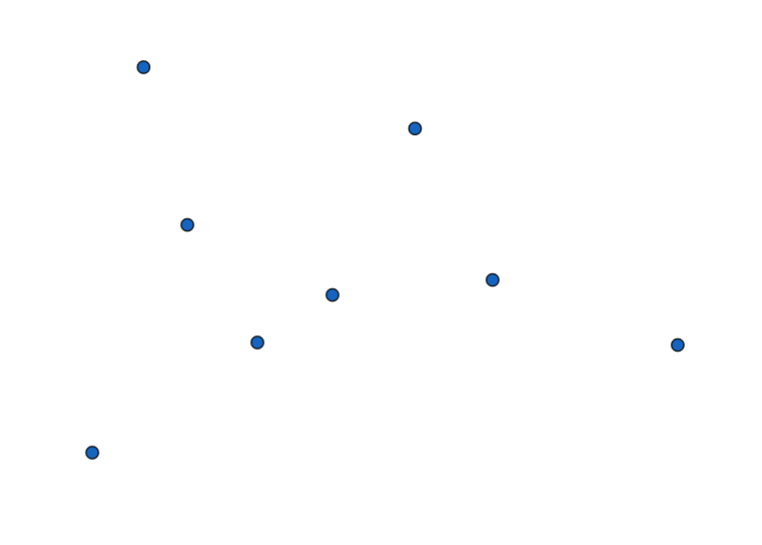
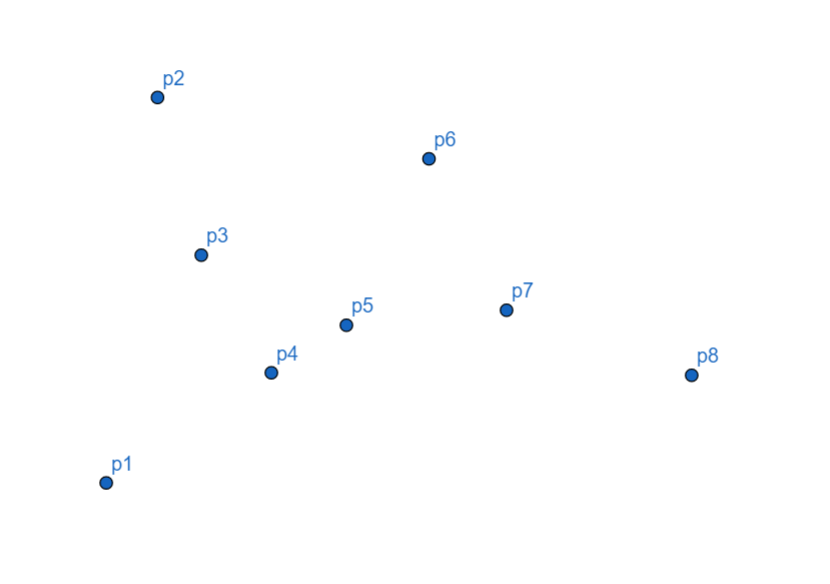

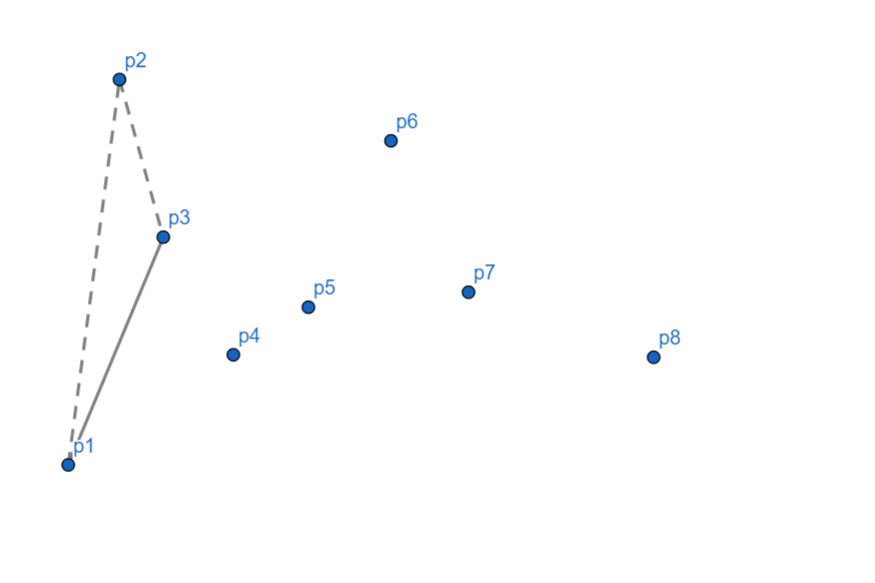
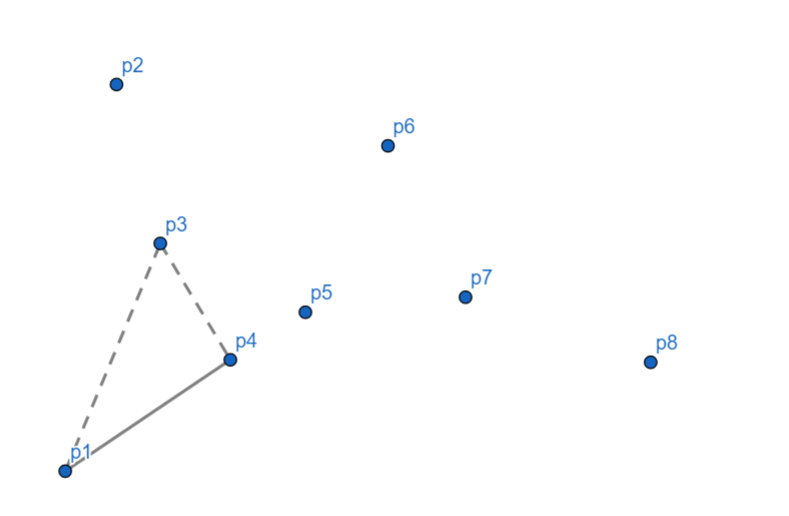
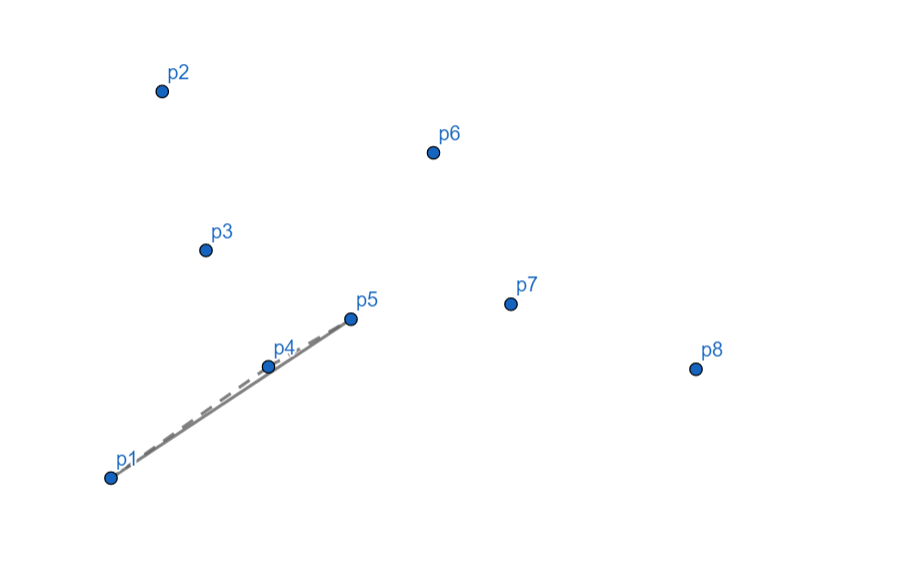
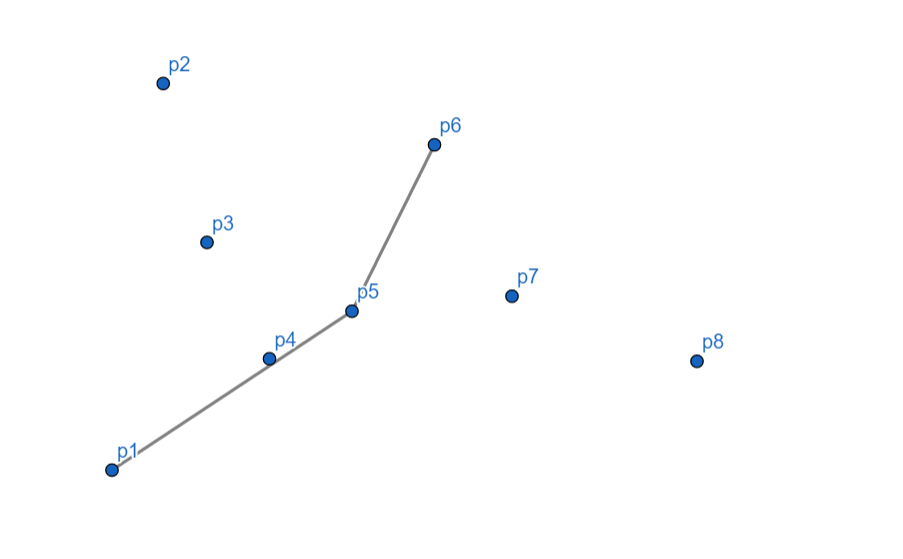
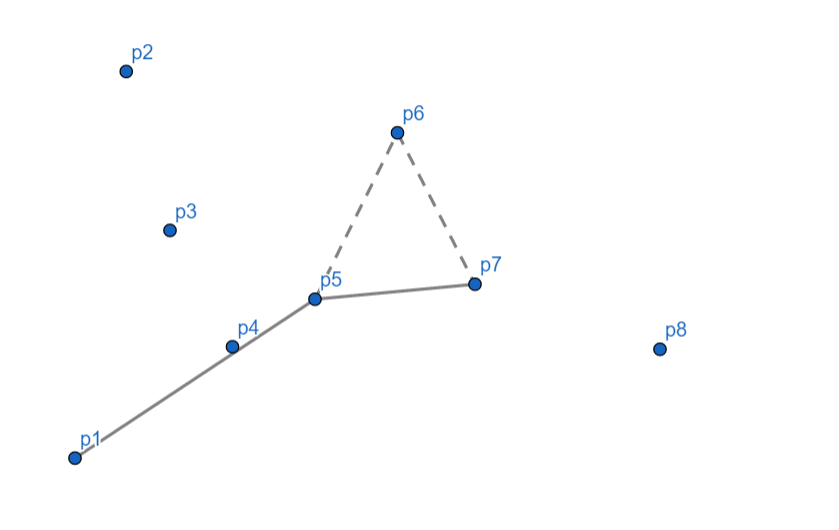
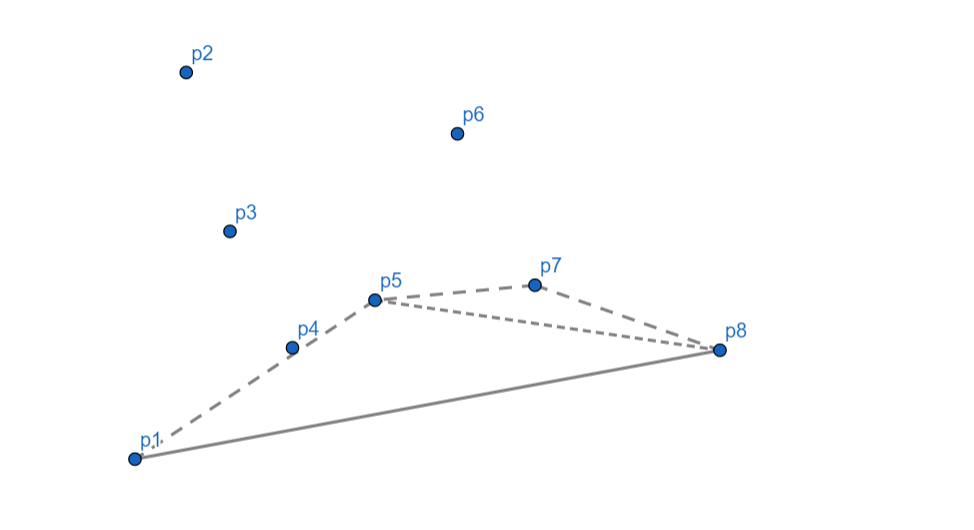
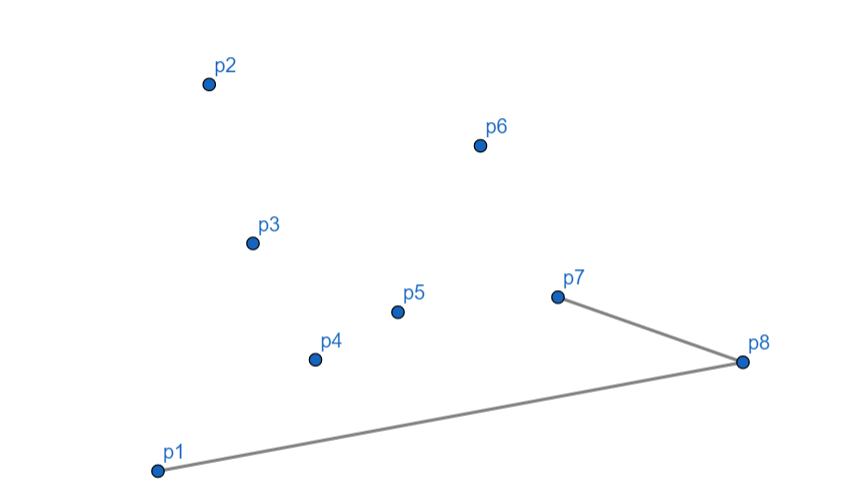
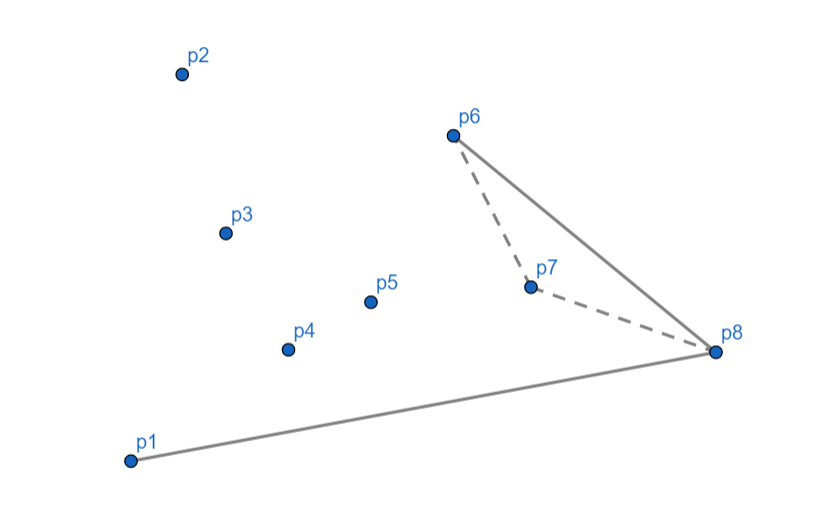
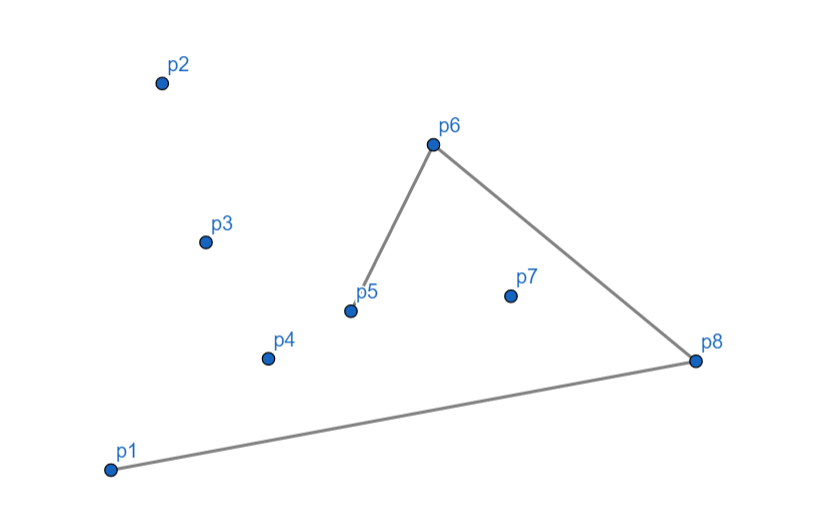
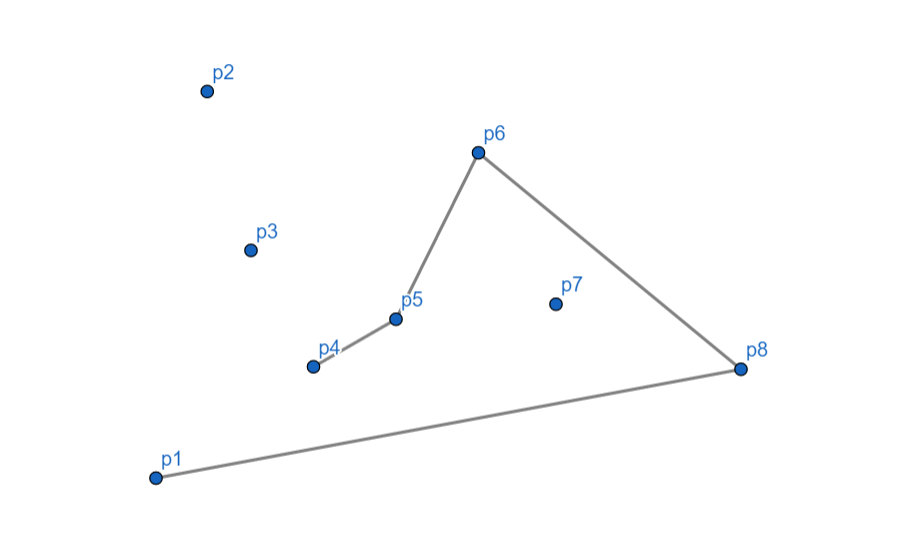

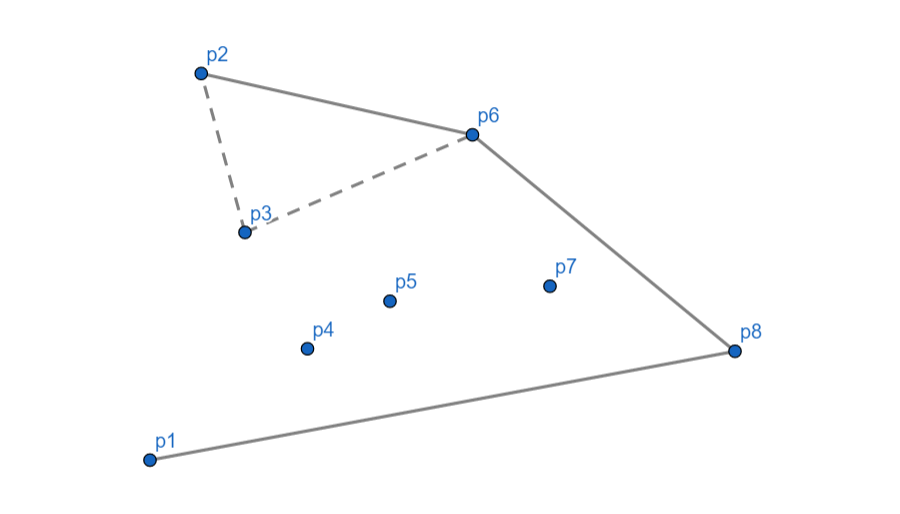
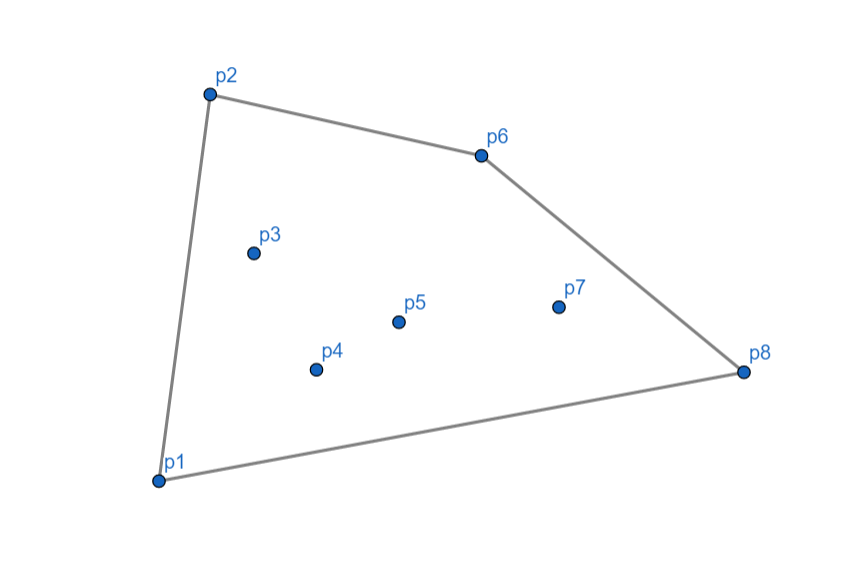


【推荐】国内首个AI IDE,深度理解中文开发场景,立即下载体验Trae
【推荐】编程新体验,更懂你的AI,立即体验豆包MarsCode编程助手
【推荐】抖音旗下AI助手豆包,你的智能百科全书,全免费不限次数
【推荐】轻量又高性能的 SSH 工具 IShell:AI 加持,快人一步
· 开发者必知的日志记录最佳实践
· SQL Server 2025 AI相关能力初探
· Linux系列:如何用 C#调用 C方法造成内存泄露
· AI与.NET技术实操系列(二):开始使用ML.NET
· 记一次.NET内存居高不下排查解决与启示
· Manus重磅发布:全球首款通用AI代理技术深度解析与实战指南
· 被坑几百块钱后,我竟然真的恢复了删除的微信聊天记录!
· 没有Manus邀请码?试试免邀请码的MGX或者开源的OpenManus吧
· 园子的第一款AI主题卫衣上架——"HELLO! HOW CAN I ASSIST YOU TODAY
· 【自荐】一款简洁、开源的在线白板工具 Drawnix